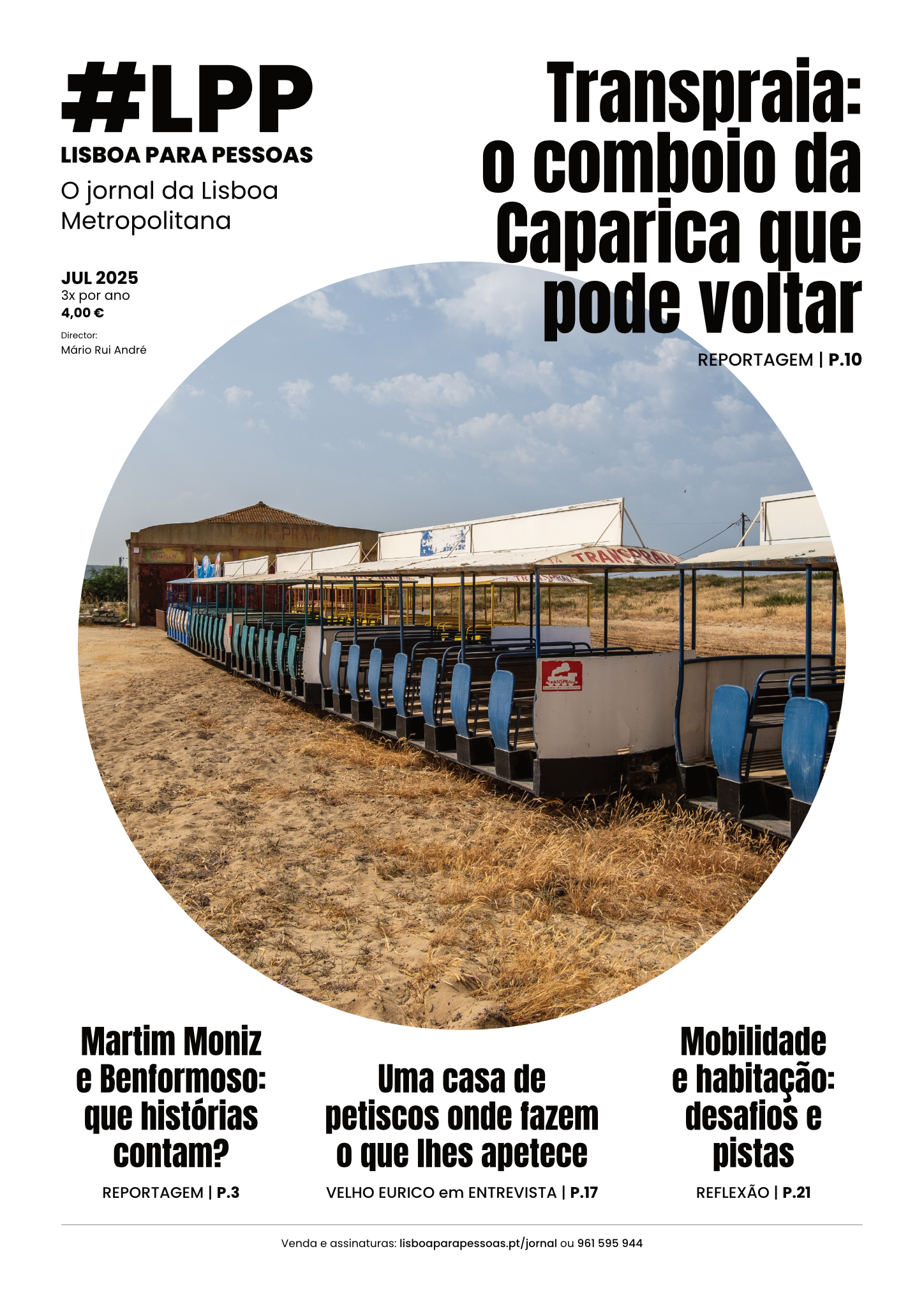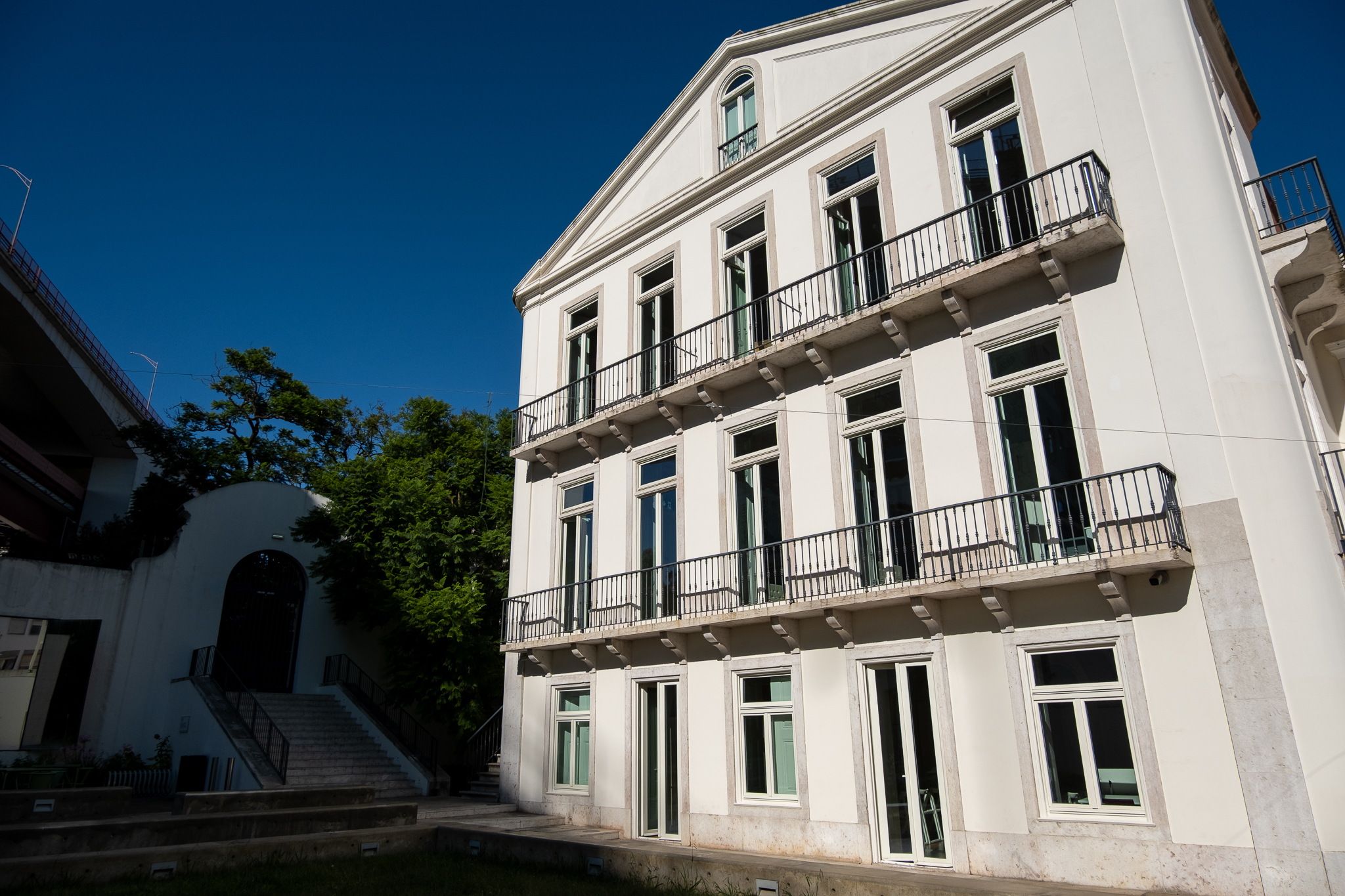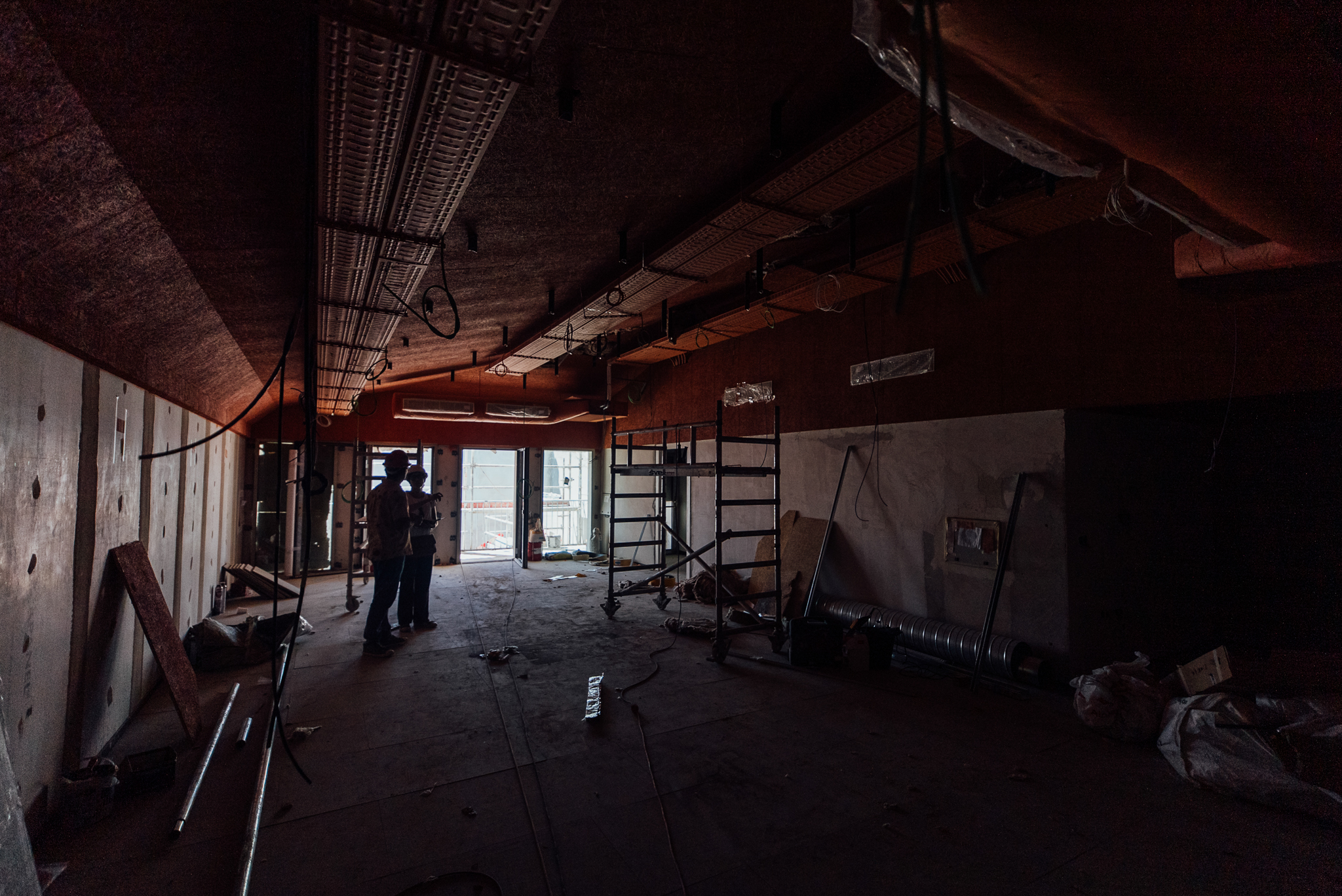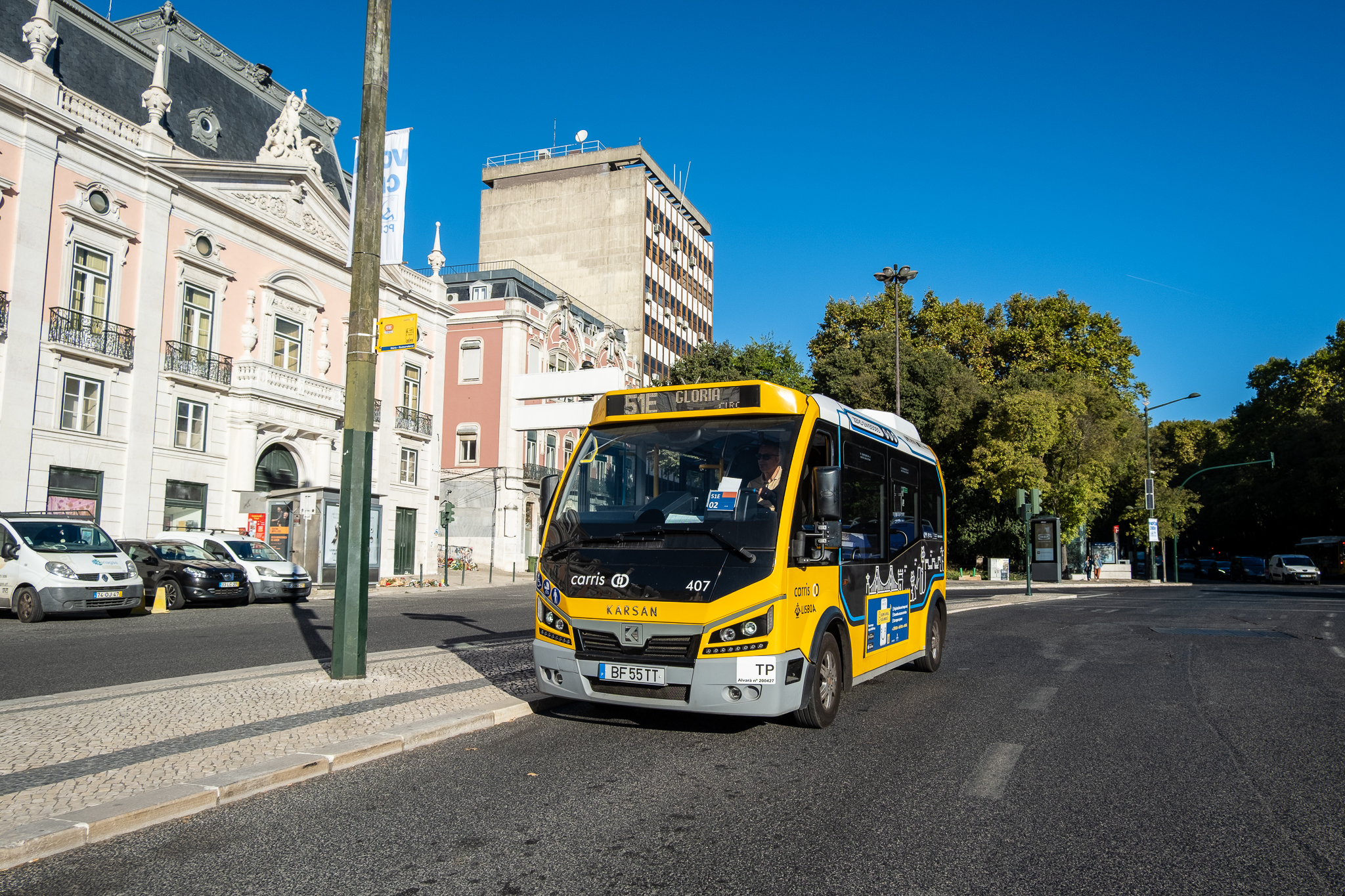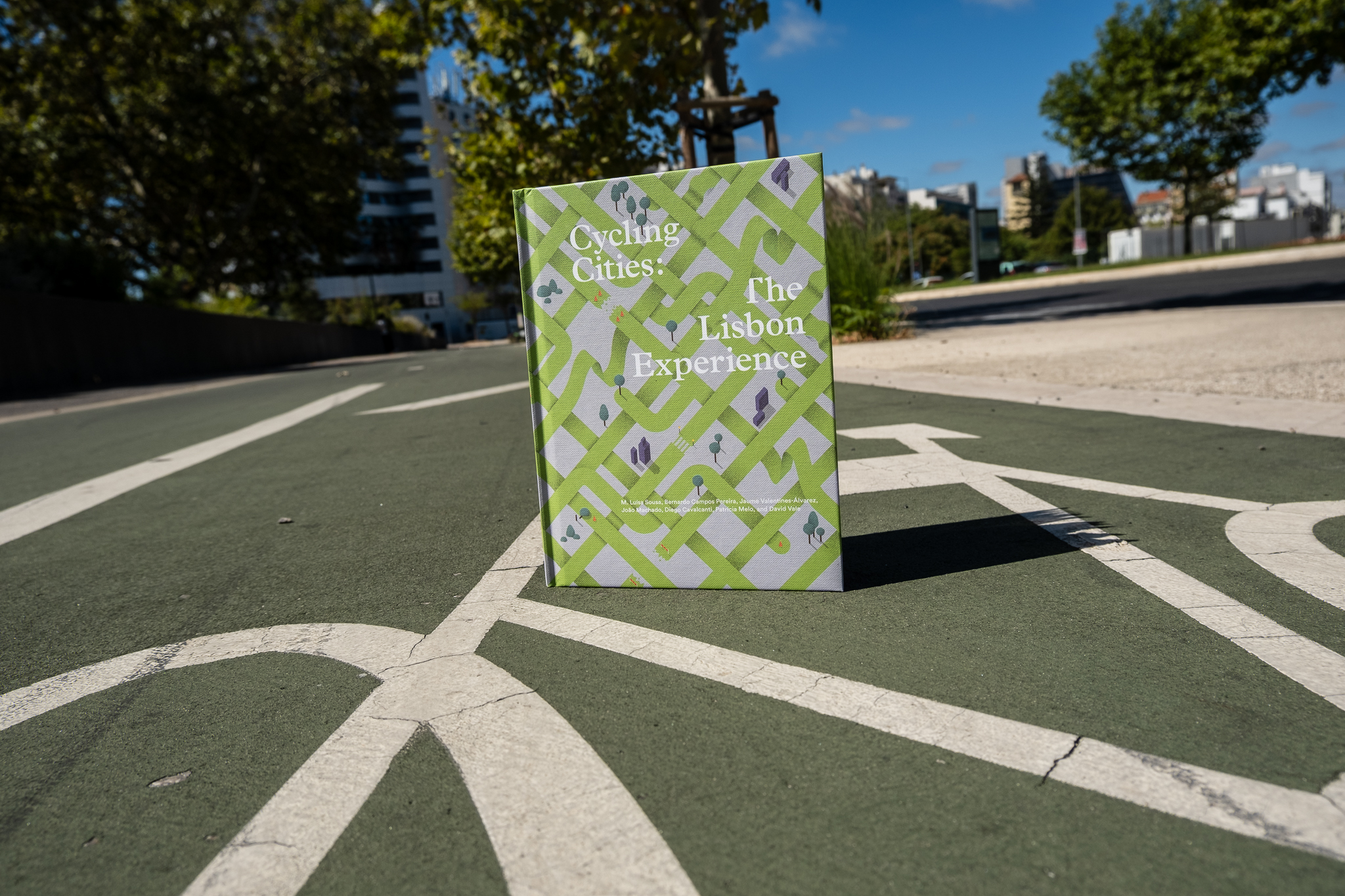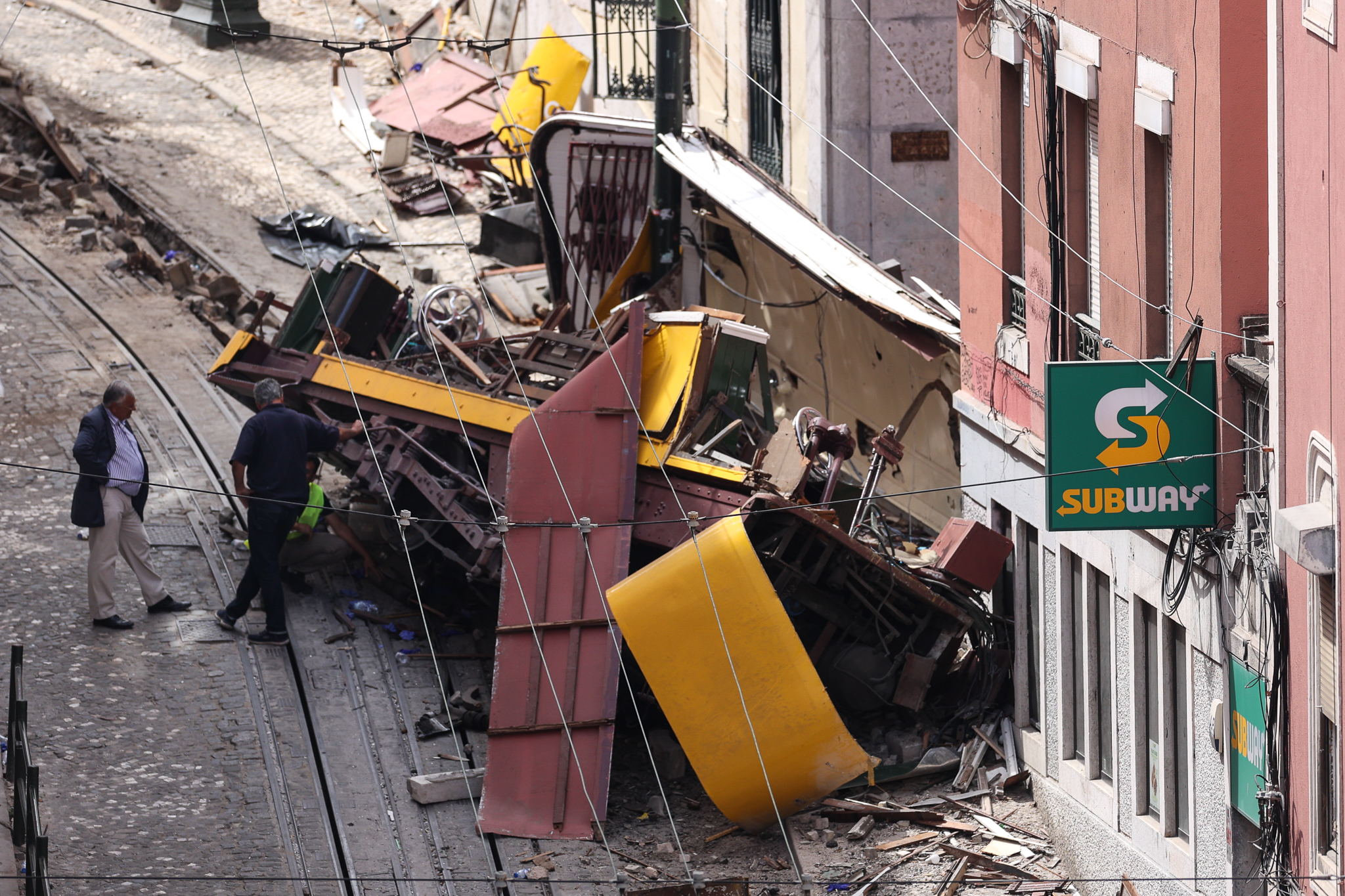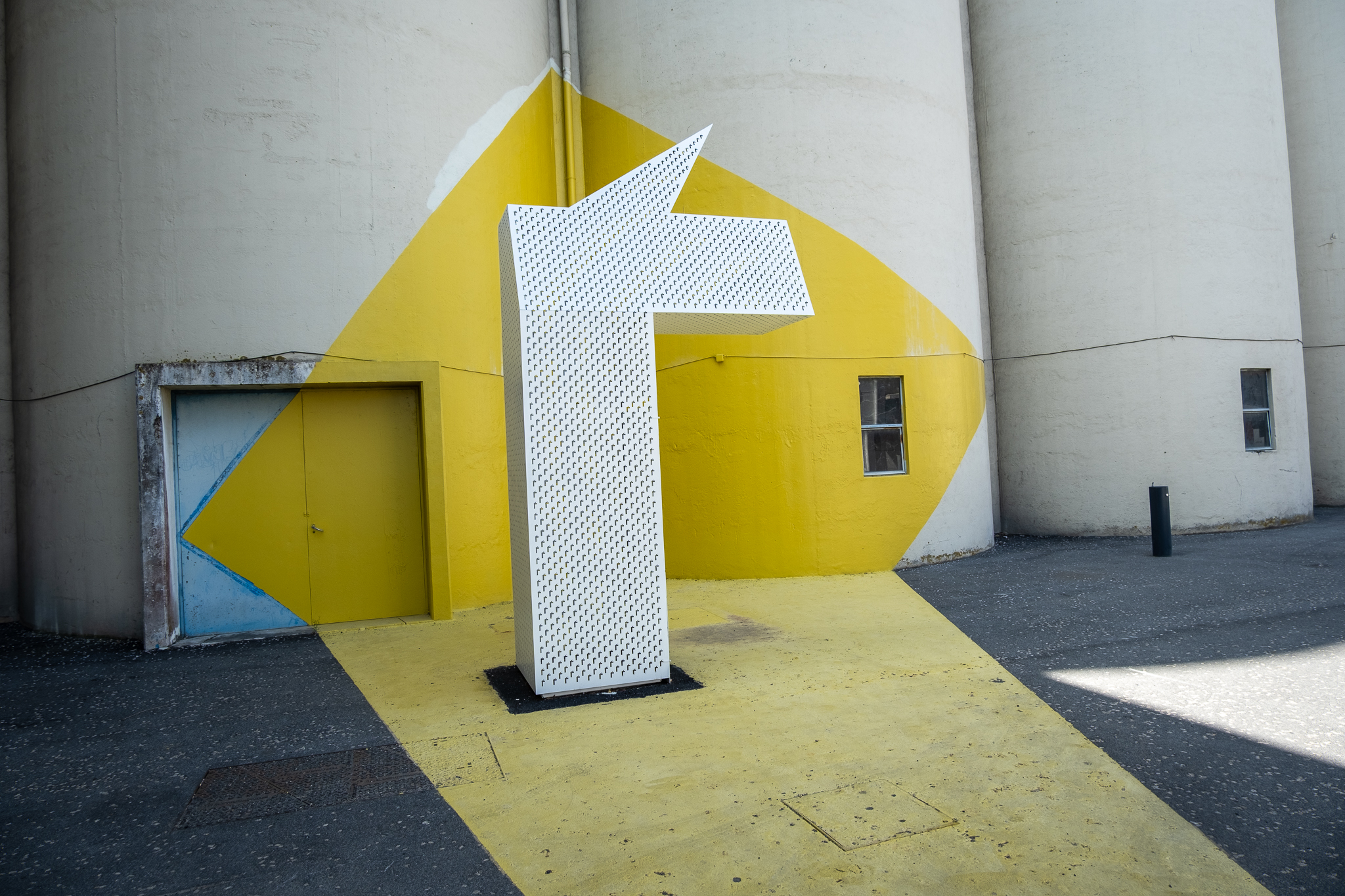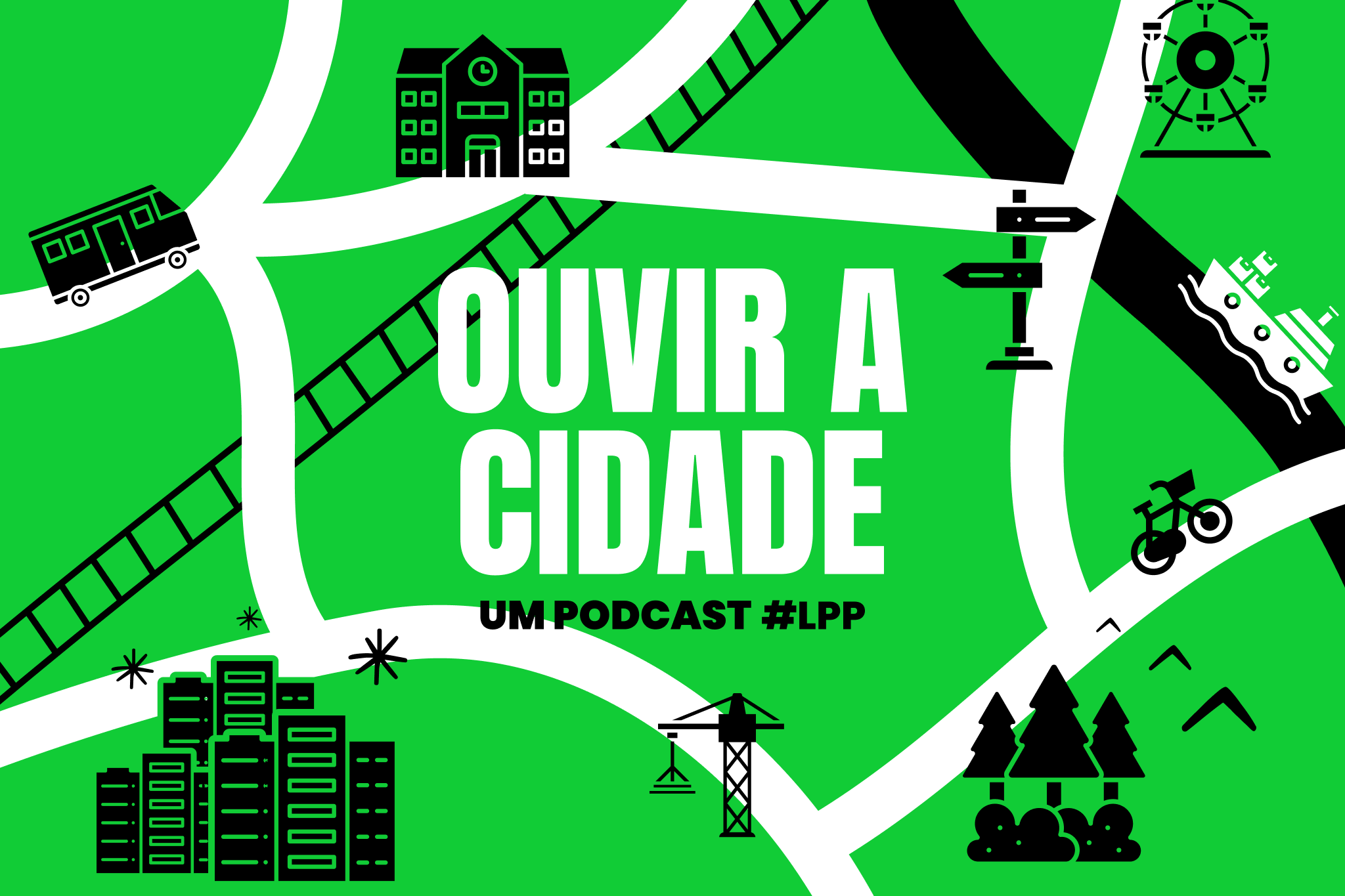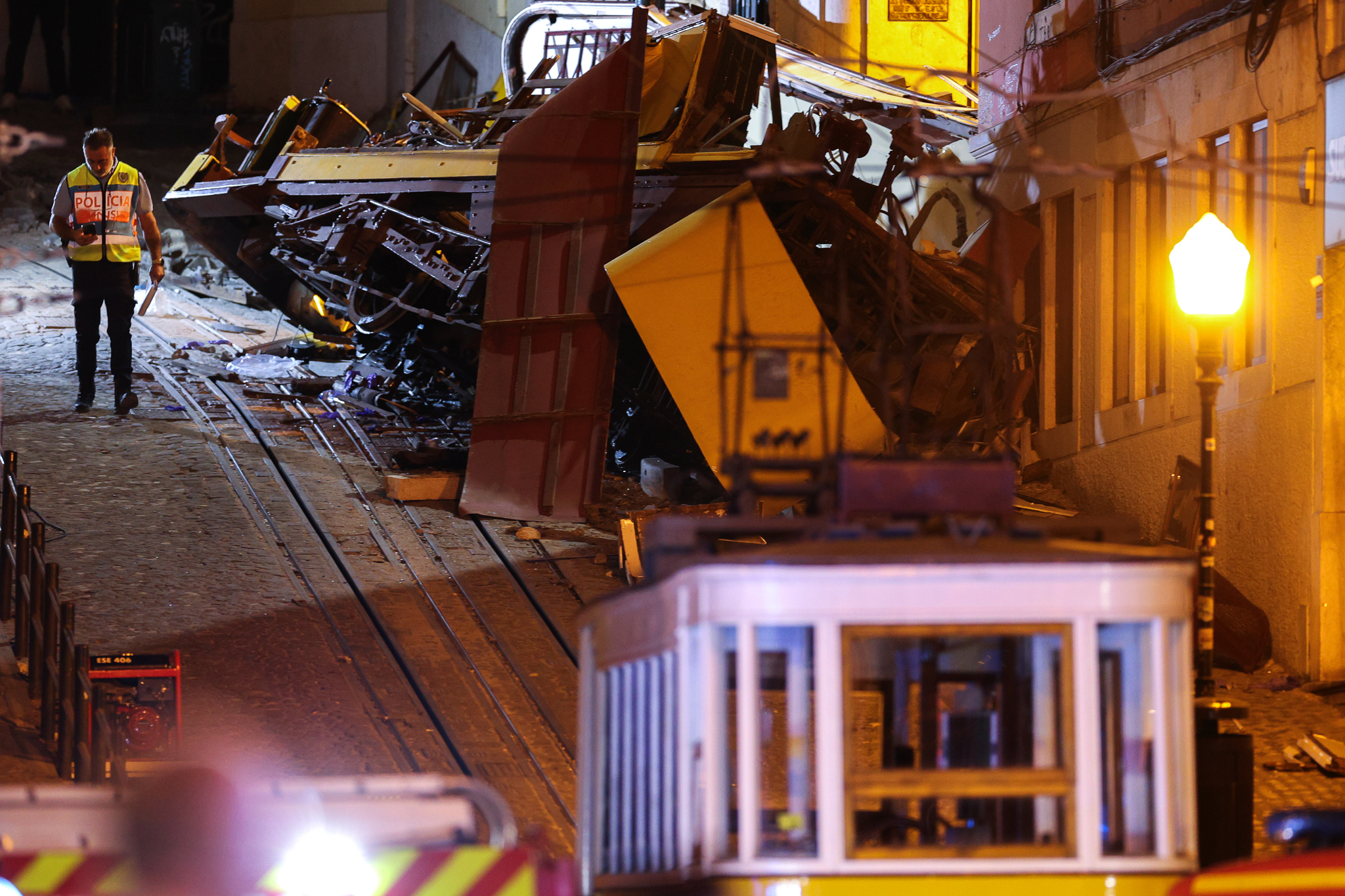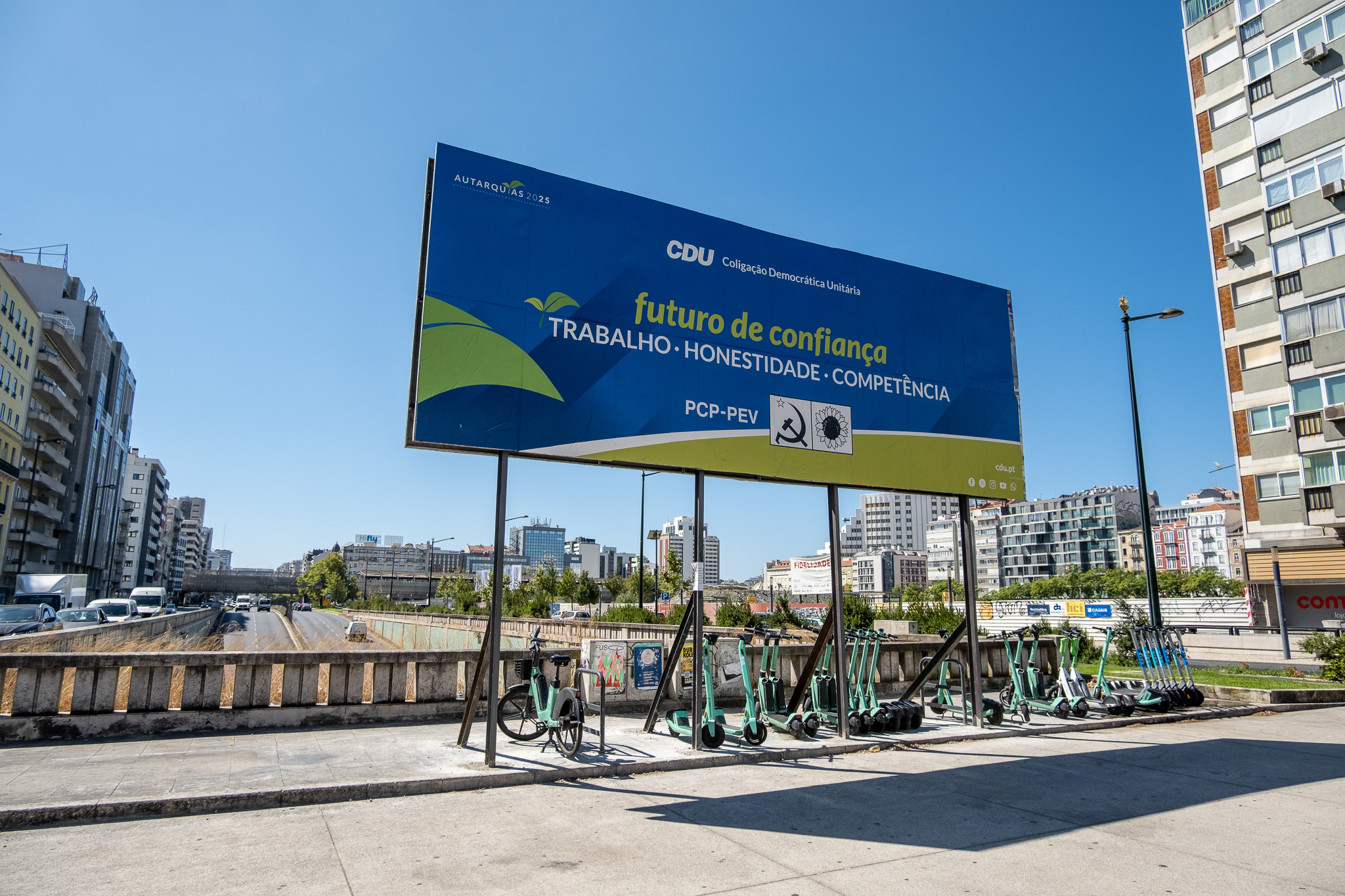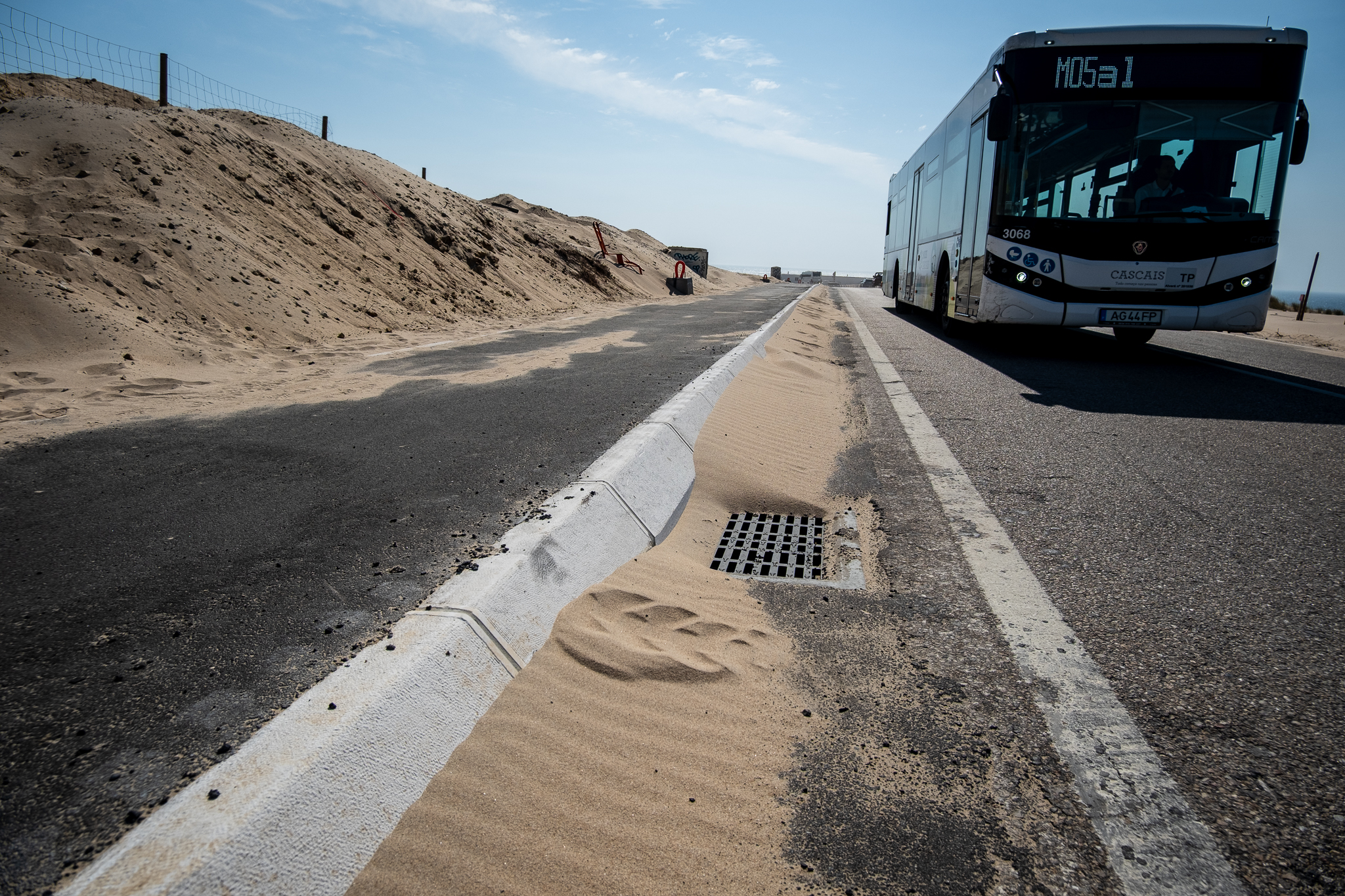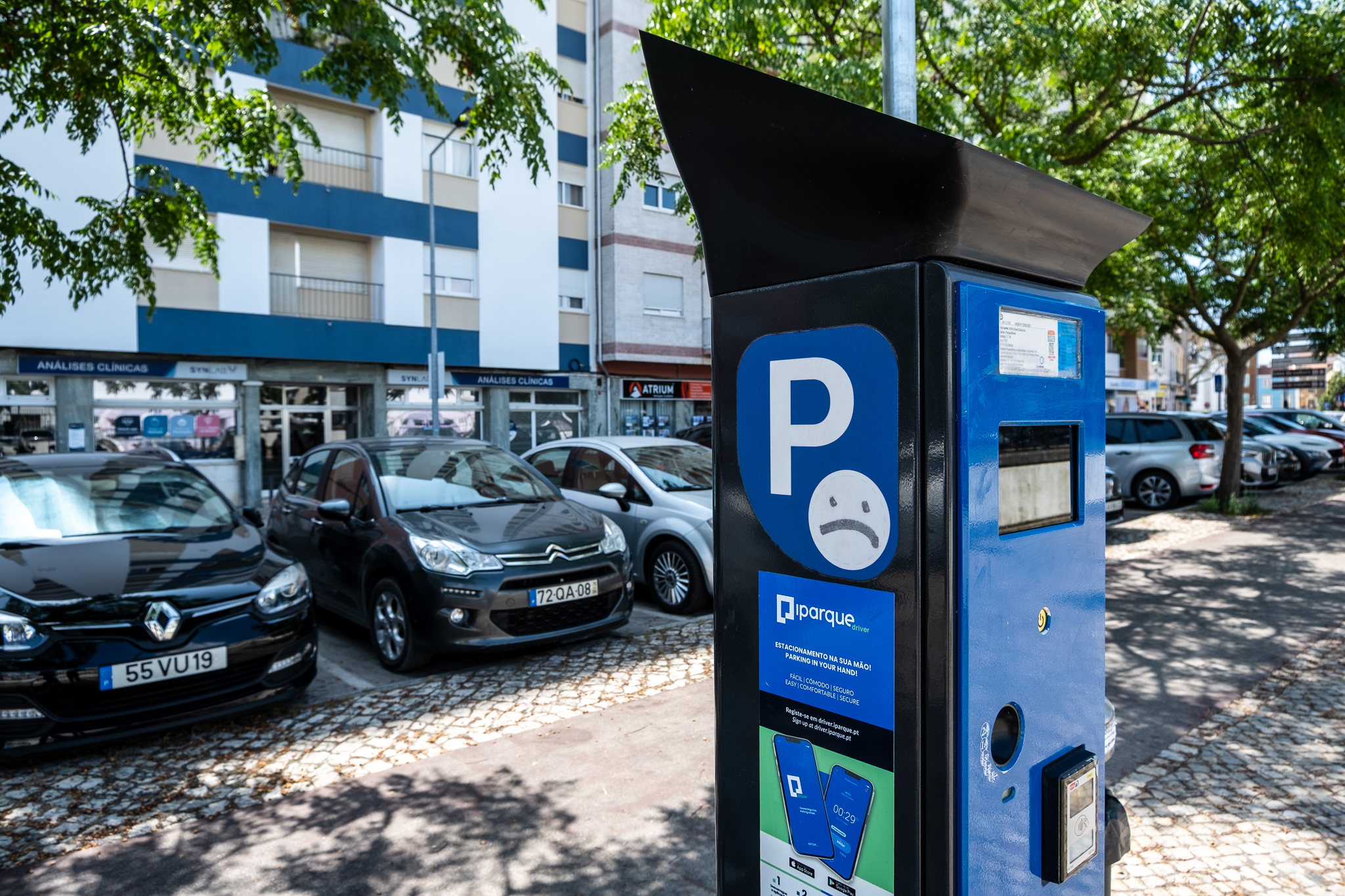
Anyone who rides along the Avenida Lusíada cycle path will find two traffic lights on the Benfica side, at two bicycle crossings which, without the traffic lights, would be complicated given the high volume of traffic in the area. So far, so usual: traffic lights on cycle paths became commonplace in Lisbon in 2017, with the infrastructure on Avenida da República. What's new: these traffic lights are automatic and give priority to bicycles.
In the Netherlands, traffic lights of this type are common: they detect the approach of cyclists and give them priority (green) at intersections. In some cases, these traffic lights "observe" the approach of cyclists in advance so that, when they reach the intersection, they don't have to stop and can move on. The video from the YouTube channel Not Just Bikes shows how this process takes place live:
In Lisbon, we don't (yet?) have such a sophisticated system, but the traffic lights on the Avenida Lusíada cycle path are a first for the city. The sensors are placed on top of the traffic lights and, although they cause the cyclist to stop in front of them, in a few seconds they open a flashing yellow for the cyclist and turn red for other traffic. The cyclist can then proceed safely. "This type of sensor is triggered when it detects movement, so it often can't be aimed at cyclists who are 10 or 15 meters away, for example, because we run the risk of them reacting to other types of users."explains EMEL to Lisboa Para Pessoas.
Since 2019, EMEL has been the entity responsible for managing Lisbon's traffic light network, and is currently working on modernize it "with the introduction of state-of-the-art technology". "In this sense, the introduction of radar-type sensors is just one of several technologies already installed, including wireless sensors, pedestrian optics with integrated time counter and state-of-the-art traffic controllers."
The municipal company, which manages mobility in the city in addition to parking, is planning more traffic lights of this kind on cycle paths whenever "this need arises". Elsewhere in Lisbon, there are two types of traffic lights on cycle paths: either with fixed times, coordinated with other traffic, or with a button that the cyclist has to press to ask for permission to cross. In the case of Lusíada, the bicycle also "asks permission" but the user doesn't have to do anything.
There are two signalized intersections along the entire 2.7 km stretch of cycle path, which provides a direct link between the Carnide area and Benfica and the city center. The traffic lights are installed in the Jardim Ferreira de Mira area, where the Hospital da Luz and the Colombo Shopping Center are located. At one of them, the presence of the cyclist "it's not detected in such a famous way"EMEL says, while on the other, the crossing signal is given almost immediately, as Lisboa Para Pessoas was able to confirm (see video).
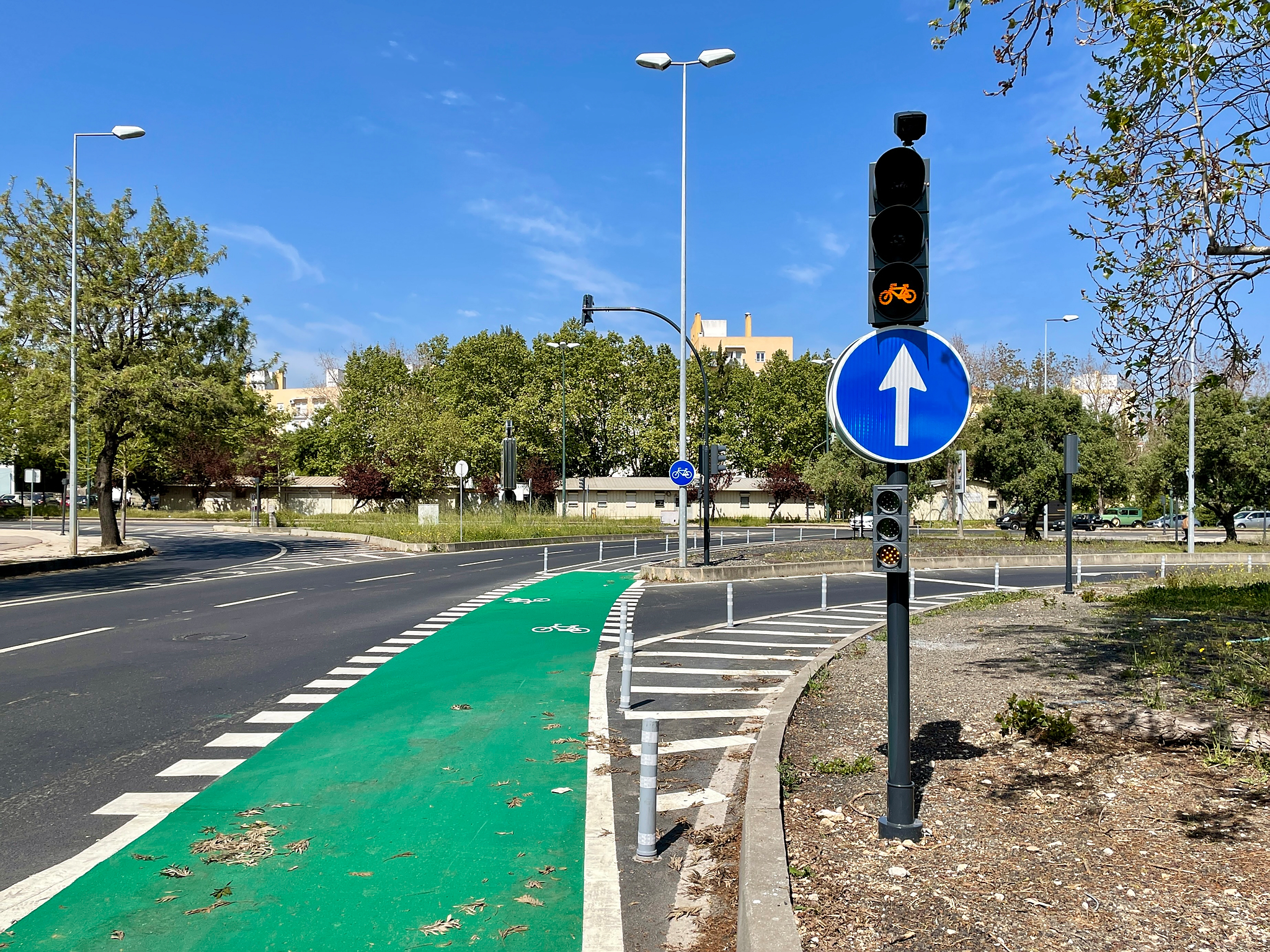
"The programming carried out was based on the entire ecosystem present in this area, with the principle of not blocking the cycle channel at points of conflict with motor vehicles and, of course, ensuring that there was as little congestion as possible for emergency vehicles leaving Hospital da Luz." EMEL says it will continue to monitor the performance of these intersections as a whole and will proceed to "changes and improvements whenever they are identified"; the company believes, however, that "the schedule is the one that provides the best guarantees in terms of safety and fluidity".
